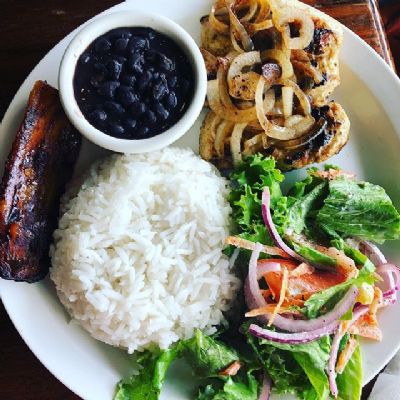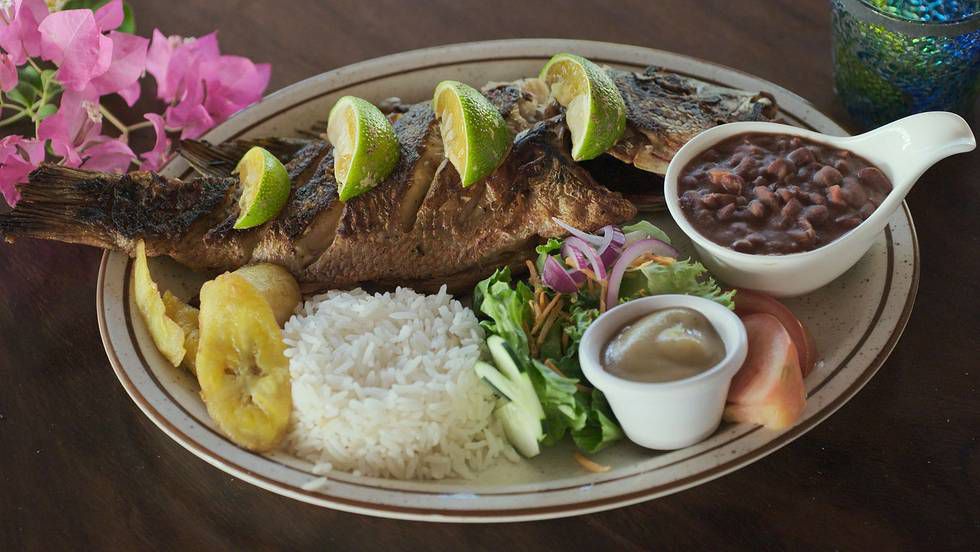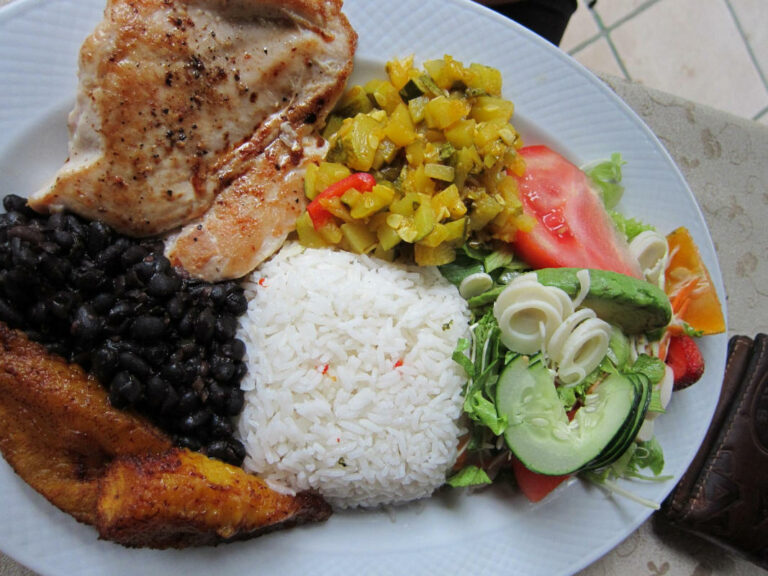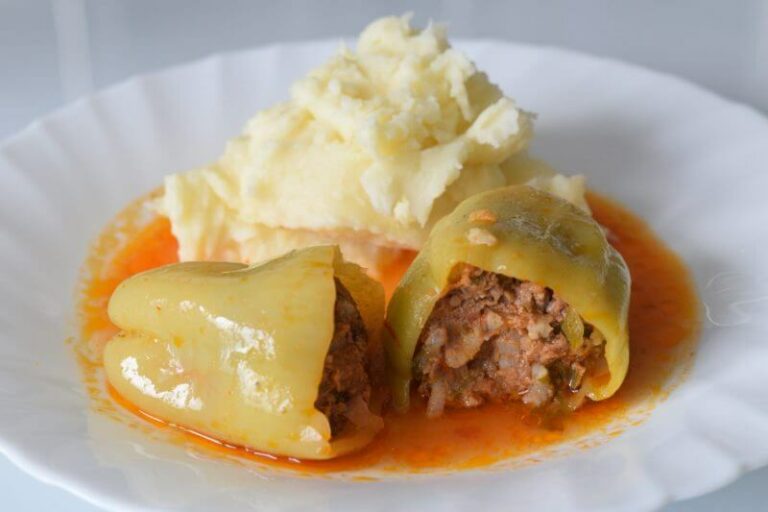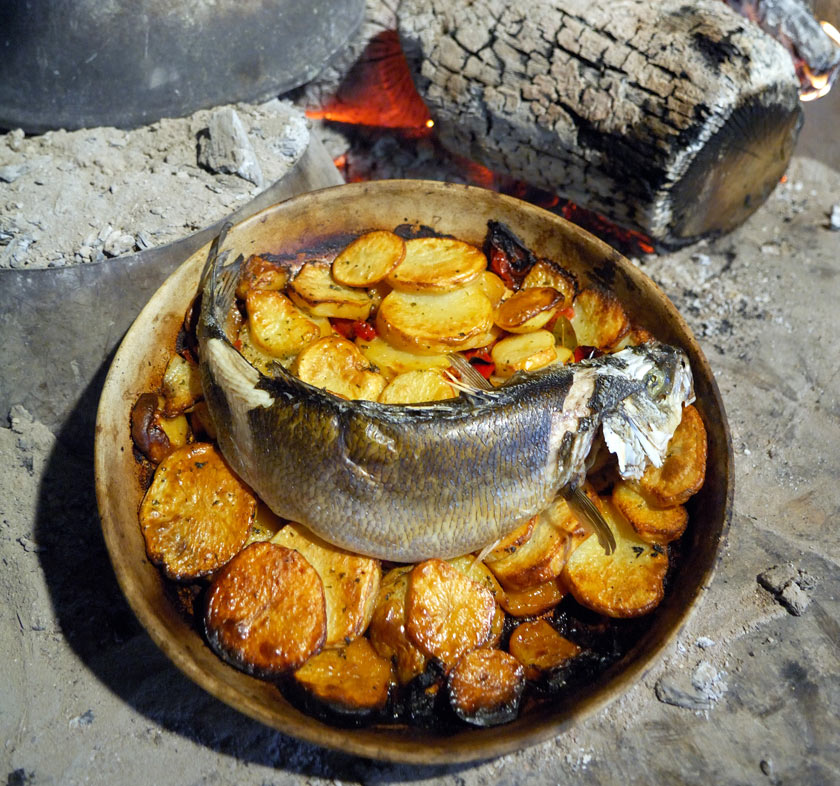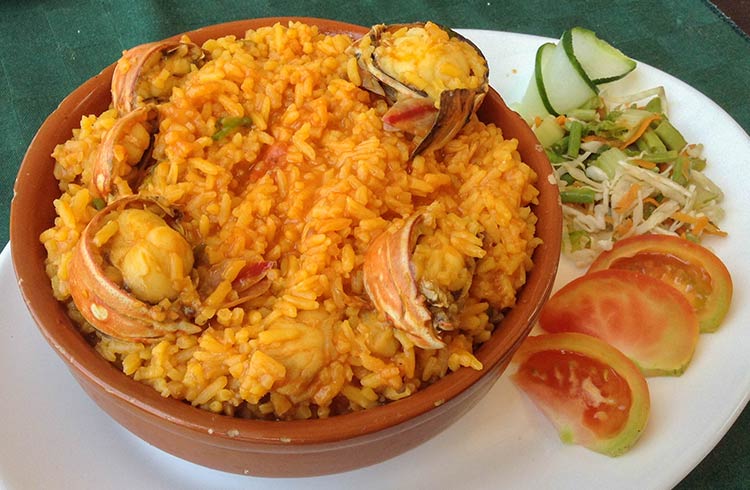Introduction: Costa Rican cuisine overview
Costa Rican cuisine is a reflection of the country’s culture and history. The cuisine is a blend of Indigenous, Spanish, and African flavors, with an emphasis on fresh ingredients and simple preparation methods. Rice, beans, plantains, and corn are the staples of Costa Rican cuisine, and they are often accompanied by meat, seafood, or vegetables.
Costa Rica’s culinary scene varies from region to region. Each region has its own unique dishes and ingredients that are influenced by the local geography, climate, and culture. This article provides an overview of the regional variations in Costa Rican cuisine.
Northern region food specialties
The Northern region of Costa Rica is characterized by its lush forests and rugged mountains. The cuisine in this region is heavily influenced by Indigenous traditions. One of the most popular dishes in this region is the “olla de carne,” a beef stew made with yucca, plantains, potatoes, and other vegetables. Another Northern specialty is “gallo pinto,” a rice and beans dish that is a staple of Costa Rican cuisine.
Guanacaste province dishes
Guanacaste province is located on the Pacific coast of Costa Rica. The cuisine in this region is heavily influenced by the African slaves who were brought to the area to work on the sugar cane plantations. One of the most popular dishes in Guanacaste is “chifrijo,” a dish made with rice, beans, chicharrones (fried pork), and pico de gallo. Another Guanacaste specialty is “arroz con pollo,” a chicken and rice dish that is flavored with cilantro and other herbs.
Caribbean coast culinary traditions
The Caribbean coast of Costa Rica is known for its laid-back lifestyle and vibrant culture. The cuisine in this region is heavily influenced by the Afro-Caribbean traditions. One of the most popular dishes in this region is “rice and beans,” a dish that is similar to “gallo pinto.” Another Caribbean specialty is “rondon,” a seafood soup made with coconut milk, vegetables, and spices.
Central valley cuisine highlights
The Central valley is the most populous region in Costa Rica. The cuisine in this region is influenced by both Spanish and Indigenous traditions. One of the most popular dishes in the Central valley is “casado,” a dish that consists of rice, beans, meat, salad, and fried plantains. Another Central valley specialty is “sopa negra,” a black bean soup that is flavored with cilantro, peppers, and other herbs.
Puntarenas region seafood delicacies
Puntarenas is a province located on the Pacific coast of Costa Rica. The cuisine in this region is heavily influenced by the abundance of seafood. One of the most popular dishes in Puntarenas is “ceviche,” a seafood dish that is marinated in lime juice and served with vegetables. Another Puntarenas specialty is “arroz con camarones,” a rice and shrimp dish that is flavored with coconut milk and other herbs.
Traditional desserts from all over Costa Rica
Costa Rica has a rich dessert tradition that includes a variety of sweet treats. One of the most popular desserts in Costa Rica is “tres leches cake,” a sponge cake that is soaked in three types of milk (condensed milk, evaporated milk, and heavy cream). Another popular dessert is “arroz con leche,” a rice pudding that is flavored with cinnamon and other spices.
Conclusion: Costa Rican cuisine diversity
In conclusion, Costa Rican cuisine is diverse and reflects the country’s history, geography, and culture. Each region has its own unique dishes and ingredients that make Costa Rican cuisine a delicious and exciting culinary experience. Whether you are craving seafood, meat, or vegetarian dishes, Costa Rica has something to offer for every palate.

